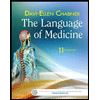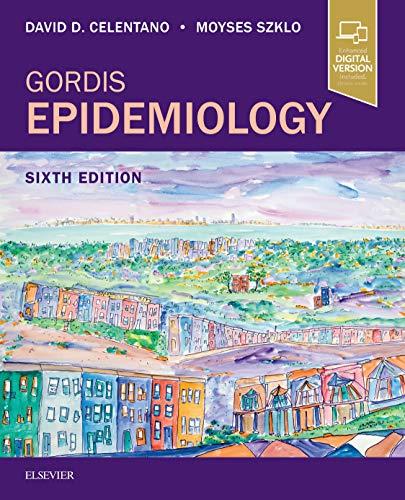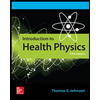
To compare: The etiology, pathophysiology, and manifestations of cystitis and pyelonephritis.
Concept introduction: Urinary tract infection (UTI) is the inflammation of the urinary epithelium usually caused by the bacteria from gut flora. However, it can also be caused by other microorganisms or agents. Generally, UTI is mild and without complications until the individual is immunocompromised.
Explanation of Solution
Cystitis is an inflammation of the urinary bladder. Pyelonephritis is an infection in one or both of the upper urinary tracts (ureter, renal pelvis, and interstitium).
Tabular representation: Table 1 shows the comparison between the etiology, pathophysiology, manifestations of cystitis, and pyelonephritis below:
Table 1: The comparison between the cystitis and pyelonephritis
| Features | Cystitis | Pyelonephritis |
|
Etiology | It is caused due to Escherichia coli (E. coli) in the urinary tract. | It is caused due to E.coli, Proteus mirabilis, Klebsiella, Enterobacter, and Pseudomonas species in the urinary tract. |
|
Pathophysiology | Bacterial infection leads to inflammation of urinary bladder. |
Inflammation of renal pelvis and kidney tissues. |
|
Affects the lower urinary tract. |
Affects the upper urinary tract. | |
|
Infection causes formation of renal calculi and scar tissue. |
Chronic infection causes fibrous tissue formation. | |
|
Clinical manifestations |
Systemic signs include nausea, fever, malaise, and leukocytosis. | Systemic signs include fever, abdominal pain, chills, weight loss and reduced appetite. |
| The infection causes bladder pain and abdominal pain. | The inflammation causes dull aching pain in the lower back or flank area. | |
| Dysuria (painful urination), urgency, nocturia (excessive urination during night), cloudy urine with unusual smell are common. |
Burning or painful urination, cloudy urine with unusual odour, and frequent urination are common. | |
| Urinalysis shows pyuria, bacteriuria, and microscopic hematuria. | Urinalysis shows the results similar to cystitis excluding urinary casts, consisting of renal epithelial cells or leukocytes. |
Want to see more full solutions like this?
Chapter 18 Solutions
Pathophysiology For The Health Professions - E- Book
 The Language of Medicine, 11eHealth & NutritionISBN:9780323370813Author:Davi-Ellen Chabner BA MATPublisher:Saunders
The Language of Medicine, 11eHealth & NutritionISBN:9780323370813Author:Davi-Ellen Chabner BA MATPublisher:Saunders Gordis EpidemiologyHealth & NutritionISBN:9780323552295Author:David D. Celentano, Moyses SzkloPublisher:ELSEVIER
Gordis EpidemiologyHealth & NutritionISBN:9780323552295Author:David D. Celentano, Moyses SzkloPublisher:ELSEVIER Nutrition Through The Life CycleHealth & NutritionISBN:9781337919333Author:Brown, Judith E.Publisher:Cengage Learning,
Nutrition Through The Life CycleHealth & NutritionISBN:9781337919333Author:Brown, Judith E.Publisher:Cengage Learning, Health: The Basics (13th Edition)Health & NutritionISBN:9780134709680Author:Rebecca J. DonatellePublisher:PEARSON
Health: The Basics (13th Edition)Health & NutritionISBN:9780134709680Author:Rebecca J. DonatellePublisher:PEARSON Understanding Nutrition (MindTap Course List)Health & NutritionISBN:9781337392693Author:Eleanor Noss Whitney, Sharon Rady RolfesPublisher:Cengage Learning
Understanding Nutrition (MindTap Course List)Health & NutritionISBN:9781337392693Author:Eleanor Noss Whitney, Sharon Rady RolfesPublisher:Cengage Learning Introduction To Health PhysicsHealth & NutritionISBN:9780071835275Author:Johnson, Thomas E. (thomas Edward), Cember, Herman.Publisher:Mcgraw-hill Education,
Introduction To Health PhysicsHealth & NutritionISBN:9780071835275Author:Johnson, Thomas E. (thomas Edward), Cember, Herman.Publisher:Mcgraw-hill Education,





